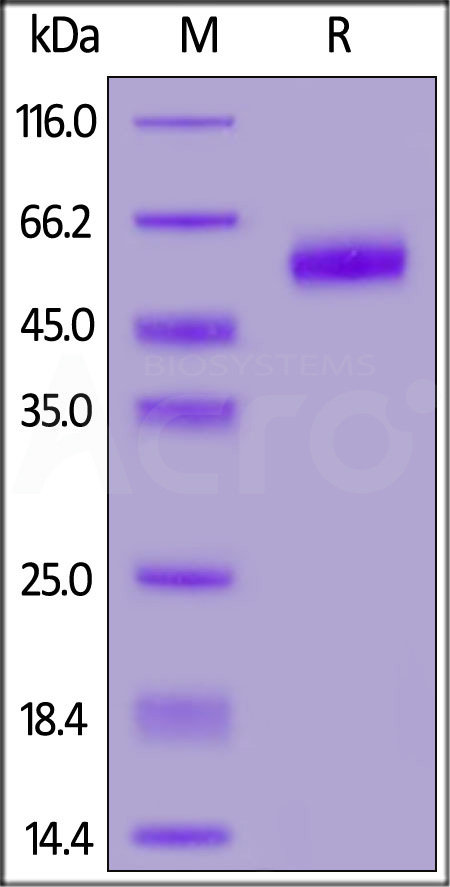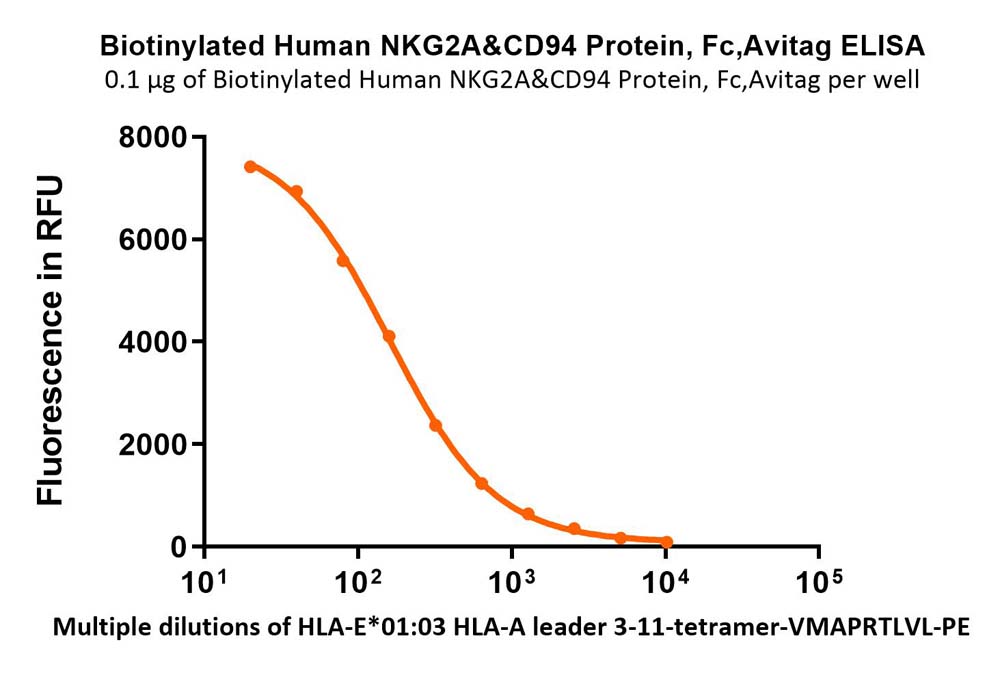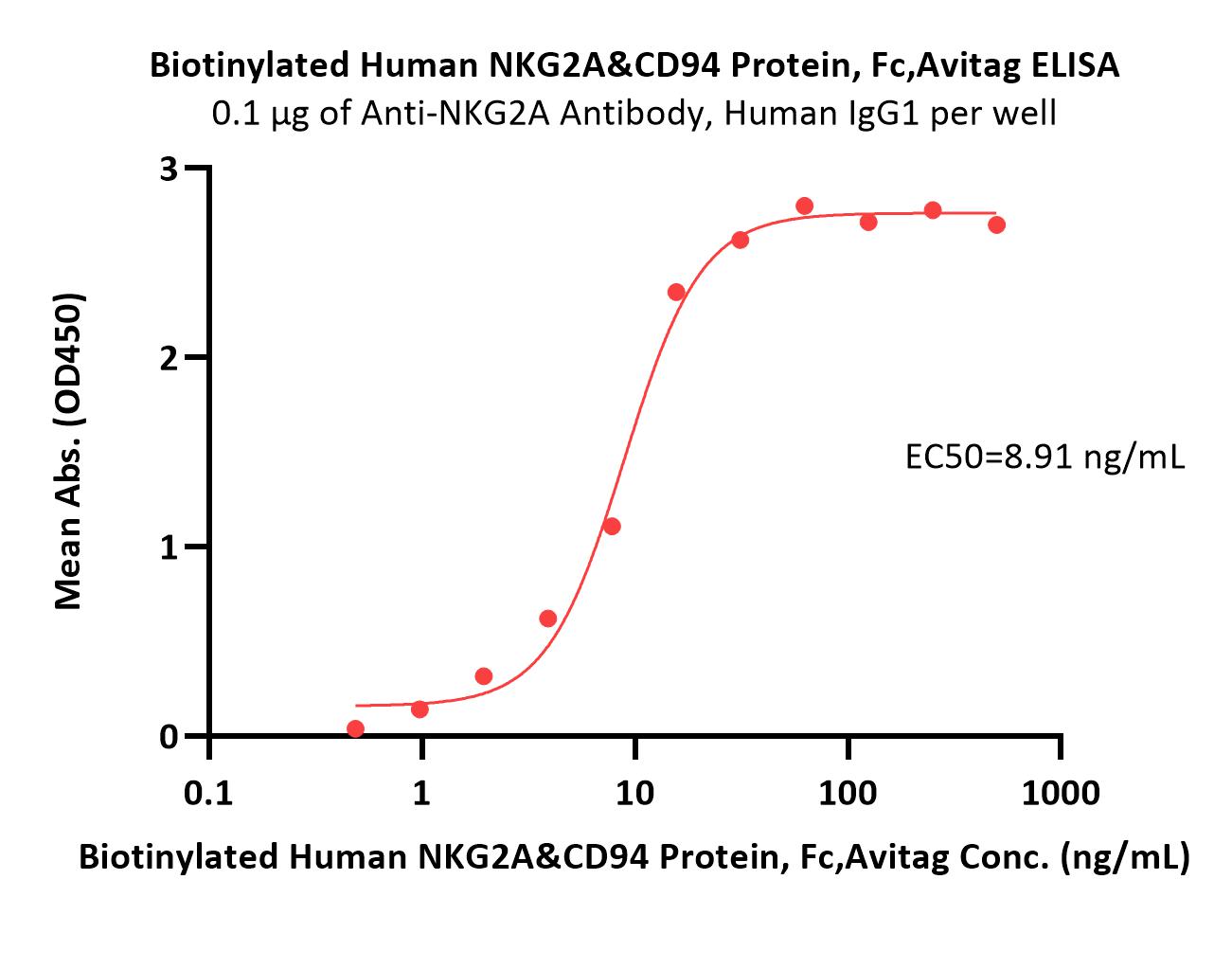HLA-E/peptide complexes differentially interact with NKG2A/CD94 and T cell receptorsVoogd, van den Broek, van Wolfswinkel
et alJ Immunol (2025)
Abstract: The virtually monomorphic antigen presentation molecule HLA-E can present self- and non-self peptides to the NKG2A/CD94 co-receptor inhibitory complex expressed on natural killer (NK) cells and to T cell receptors (TCRs) expressed on T cells. HLA-E presents self-peptides to NKG2A/CD94 to regulate tissue homeostasis, whereas HLA-E restricted T cells mediate regulatory and cytotoxic responses toward pathogen-infected cells. In this study, we directly compared HLA-E/peptide recognition and signaling between NKG2A/CD94 and 2 HLA-E restricted TCRs that can recognize self-peptides or identical peptide mimics from the viral UL40 protein of cytomegalovirus using position substituted peptide variants. We show that position 7 is critical for interaction with NKG2A/CD94, whereas position 8 is important for interaction with the TCRs. The Arginine at position 5 of these peptides is an essential residue for recognition by both receptors. Thus, NKG2A/CD94 and TCRs have different requirements for recognition of peptides presented in HLA-E.© The Author(s) 2025. Published by Oxford University Press on behalf of The American Association of Immunologists.
CD94-driven in vitro expansion of highly functional adaptive NKG2C+ NKG2A- CD57+ NK cells from CMV+ healthy donorsGiordano, Carlomagno, Falco
et alFront Immunol (2025) 16, 1481745
Abstract: Adaptive human natural killer (NK) cells are an NK cell subpopulation arising upon cytomegalovirus (CMV) infection. They are characterized by CD94/NKG2C expression, a mature CD57+KIR+NKG2A- phenotype, a prolonged lifespan, and remarkable antitumor functions. In light of these features, adaptive NK cells represent suitable candidate to design next-generation therapies, based on their enhanced effector function which could be further boosted by Chimeric Antigen Receptors-engineering, or the combination with cell engagers. For therapeutic approaches, however, it is key to generate large numbers of functional cells.We developed a method to efficiently expand adaptive NK cells from NK-enriched cell preparations derived from the peripheral blood of selected CMV-seropositive healthy donors. The method is based on the use of an anti-CD94 monoclonal antibody (mAb) combined with IL-2 or IL-15.By setting this method we were able to expand high numbers of NK cells showing the typical adaptive phenotype, CD94/NKG2C+ CD94/NKG2A- CD57+, and expressing a single self-inhibitory KIR. Expanded cells maintained the CMV-induced molecular signature, exhibited high ADCC capabilities and degranulation against a HLA-E+ target. Importantly, mAb-expanded adaptive NK cells did not upregulate PD-1 or other regulatory immune checkpoints that could dampen their function.By this study we provide hints to improve previous expansion methods, by eliminating the use of genetically modified cells as stimulators, and obtaining effectors not expressing unwanted inhibitory receptors. This new protocol for expanding functional adaptive NK cells is safe, cost-effective and easily implementable in a GMP context, suitable for innovative immunotherapeutic purposes.Copyright © 2025 Giordano, Carlomagno, Falco, Cantoni, Vitale, Caruana, Dirks, Serio, Muccio, Bartalucci, Bo, Locatelli, Bottino, Sivori and Della Chiesa.
Evidence for altered immune-structural cell crosstalk in cystic fibrosis revealed by single cell transcriptomicsBerg, Krabbendam, van der Ploeg
et alJ Cyst Fibros (2025)
Abstract: Chronic pulmonary inflammation strongly contributes to respiratory failure and mortality in patients with cystic fibrosis (pwCF). Effective anti-microbial immunity and maintaining lung homeostasis require continuous structural-immune cell communication. Whether and how this crosstalk is altered in CF remains poorly understood, obscuring potential new angles for therapy development to restore airway homeostasis in pwCF.We performed droplet-based single cell RNA-sequencing on bronchial biopsies from pwCF to investigate structural-immune cell crosstalk. Computational analyses were used to compare these data to samples obtained from healthy controls.CF airway wall biopsies showed lower proportions and altered transcriptomes of basal cells, submucosal gland cells and endothelial cells, and a higher abundance of ciliated cells, monocytes, macrophages and T cells. Both B and T lymphocytes displayed aberrantly activated phenotypes with transcriptional changes linked to hypoxia and vascular endothelial growth factor signaling, indicative of crosstalk with endothelial cells. The CF lung displayed unique changes in intercellular communication potential involving ionocytes, macrophages, endothelial cells and lymphocytes. This included interactions between HLA-E on structural cells and the druggable CD94/NKG2A immune checkpoint on CD8+T cells.We report the first single cell transcriptome atlas of the CF lung containing the full spectrum of structural and immune cells, providing a valuable resource for investigating changes to cellular composition, phenotypes and crosstalk linked to CF. Our analyses highlight dysregulated basal cell function and adaptive immunity in pwCF - despite favorable responses to CFTR modulator therapy. We identify novel aspects of CF pathophysiology and potential entry points for therapeutic strategies.Copyright © 2025 The Author(s). Published by Elsevier B.V. All rights reserved.
HLA-E: Immune Receptor Functional Mechanisms Revealed by Structural StudiesGillespie, Quastel, McMichael
Immunol Rev (2025) 329 (1), e13434
Abstract: HLA-E is a nonclassical, nonpolymorphic, class Ib HLA molecule. Its primary function is to present a conserved nonamer peptide, termed VL9, derived from the signal sequence of classical MHC molecules to the NKG2x-CD94 receptors on NK cells and a subset of T lymphocytes. These receptors regulate the function of NK cells, and the importance of this role, which is conserved across mammalian species, probably accounts for the lack of genetic polymorphism. A second minor function is to present other, weaker binding, pathogen-derived peptides to T lymphocytes. Most of these peptides bind suboptimally to HLA-E, but this binding appears to be enabled by the relative stability of peptide-free, but receptive, HLA-E-β2m complexes. This, in turn, may favor nonclassical antigen processing that may be associated with bacteria infected cells. This review explores how the structure of HLA-E, bound to different peptides and then to NKG2-CD94 or T-cell receptors, relates to HLA-E cell biology and immunology. A detailed understanding of this molecule could open up opportunities for development of universal T-cell and NK-cell-based immunotherapies.© 2025 The Author(s). Immunological Reviews published by John Wiley & Sons Ltd.


























































 膜杰作
膜杰作 Star Staining
Star Staining
















